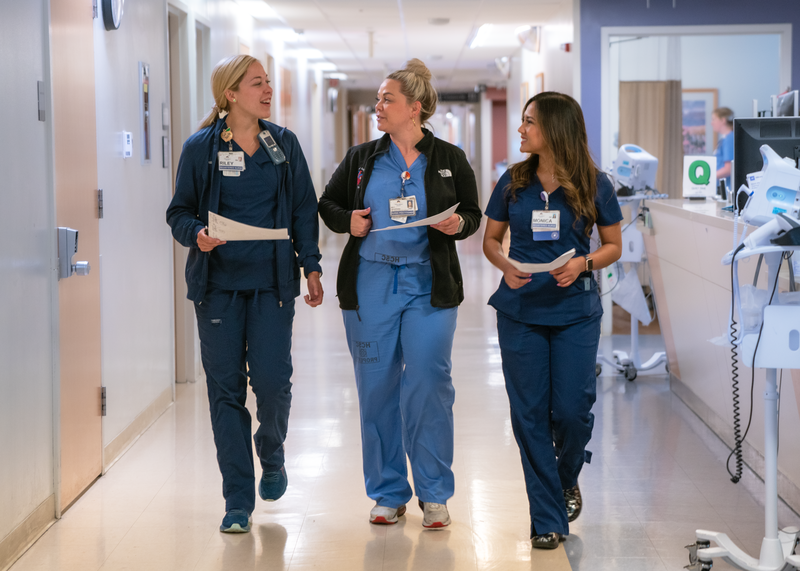Experience counts
With years of experience and training in the latest techniques, our team members are experts in diagnosing and treating aortic aneurysms.
This little bulge carries a big, hidden risk
An aortic aneurysm can be a life-altering diagnosis. That's why we're dedicated to providing you with the best possible care.
Our approach focuses on you — minimizing your discomfort and maximizing your quality of life throughout the entire treatment process. Trust us to be your partner in navigating this challenging medical journey.
Aortic aneurysms often have no symptoms, at least at first. If they grow larger, they may cause symptoms such as:
If an aneurysm bursts (ruptures), it will cause sudden, severe pain and heavy bleeding. This is a medical emergency that requires immediate treatment.
If you're experiencing any symptoms of an aortic aneurysm, it's important to seek medical attention right away. Early diagnosis and treatment can help prevent serious complications such as rupture. Don't hesitate to reach out to your doctor or our team if you have any concerns about an aortic aneurysm.
Because aortic aneurysms don’t always cause symptoms, some are diagnosed by chance during tests done for other reasons. Other times, health care providers find them during a screening test before any symptoms appear.
If you suspect you may have an aneurysm, speak with your doctor. Here's what to expect during our diagnosis process:
Our team of experienced vascular surgeons is here to provide you with the best possible care and treatment options. Methods for treating an aneurysm include:
The best treatment option for you will depend on the size and location of your aneurysm and your overall health. Our experienced team of vascular surgeons will work with you to ensure that you receive the highest quality of care that's right for your unique needs.
This little bulge carries a big, hidden risk.

Knowing who to trust with your cardiac care isn't easy. That's why we've assembled a team of experienced and compassionate vascular surgeons, ready to tailor your care to your unique situation.
Our experts will work with you to create a personalized treatment plan that meets your individual needs and leads to the best possible outcome.
With years of experience and training in the latest techniques, our team members are experts in diagnosing and treating aortic aneurysms.
We offer both traditional open surgery and endovascular repair, meaning you'll get the best option for your individual needs.
We use the latest technology to diagnose and treat aortic aneurysms, including ultrasound and CT scans. We also perform screening tests to detect aortic aneurysms early, when they're easier to treat.
With locations across South Central Pennsylvania, we make it easy to access the care you need.